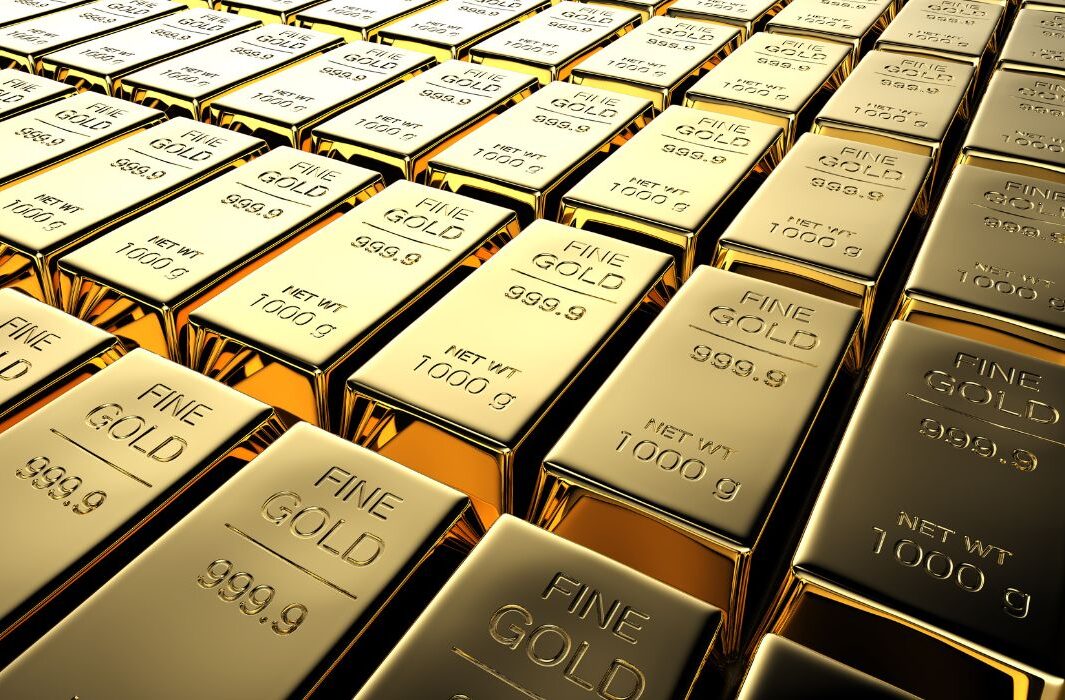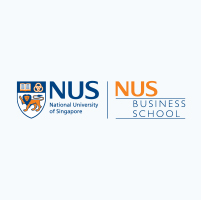The following article was reproduced from South China Morning Post.
Chinese investors are increasingly turning to gold as a hedge, drawn to its strong price performance amid property market turmoil and currency volatility. They see worth in holding physical gold, gold exchange-traded funds (ETFs) and cryptocurrencies pegged to the precious metal.
Inflows into gold ETFs hit a new high in Q2 2024, according to the World Gold Council. From January to July 2024, 18 billion yuan (US$2.5 billion) flowed into Chinese gold ETFs, bringing total assets under management by Chinese gold ETFs to 53 billion yuan (US$7.3 billion) and total Chinese holdings to 94 tonnes – a record level. Demand for gold bars and coins also surged 62 percent year-on-year to 80 tonnes, the strongest Q2 performance since 2013.
With the yuan continuing to depreciate against the dollar and expectations that the US Federal Reserve has begun what will be a series of interest rate cuts, gold is being considered as a useful way to preserve wealth.
This could usher in a golden era, said Professor Lawrence Loh (Director, Centre for Governance and Sustainability). “Gold is a safe haven asset, so geopolitics and uncertainty drive much of the demand,” said Loh.
Investors are flush with liquidity after the pandemic, and want something “as sure as gold”, Loh added. “There’s this ingrained mentality of a certain comfort in gold, and investors – particularly from China – are coming back to old, traditional thinking that gold is wealth and gold is good.”
And that demand extends similarly to gold derivatives, like ETFs, which are financial products that allow investors to gain exposure to gold assets without physically owning quantities of the metal.
“Gold has been breaking through a series of all-time highs, both in US dollars and in CNY,” said Nikos Kavalis, managing director at research consultancy Metals Focus. “We have seen strong inflows into mainland China-listed ETFs in 2024 so far, so this segment of investment has also done extremely well.”
It is professional investor activity, rather than gold markets for consumers and retail investors, that has driven this year’s rally, Kavalis noted. “Chinese consumers and retail investors buying bars and coins have largely been price-takers,” he said. “Physical markets probably did boost prices, in the sense that strong demand in China and other Asian markets has encouraged some Western investors to buy or stay long.”
While both gold ETFs and physical gold provide exposure to the market, they are very different types of investment. ETFs offer more liquidity and instant trading compared to direct gold ownership, Kavalis pointed out. These funds can invest in physical gold bullion, gold mining companies or derivatives, enabling investors to profit from changes in gold prices in a multitude of ways.
“They are not accessible to all investors, as not everyone is comfortable setting up a brokerage account and trading on it,” he said. In contrast, physical gold offers direct ownership of the metal, which can be accessed through banks, jewellery stores and bullion dealers. As a tangible investment asset, physical gold does not rely on any third party to fulfil its contracts or obligations, though selling it requires more logistics than paper assets like ETFs, as it must be transported and verified, Kavalis said.
There is still value to be had in both ETFs and physical gold, said Chris Beauchamp, chief market analyst at IG Group. Purchases are usually made fractionally, given its high cost per ounce, he said. “Usually, gold investors go for the metal itself, though the low costs of ETFs mean that they are a good way of gaining exposure to gold mining companies,” said Beauchamp.
Will demand wane? While investor interest in gold has risen overall, retail jewellery demand for gold in China slowed in the second quarter of 2024, according to the World Gold Council. Gold jewellery demand in Q2 was 46 per cent below the 10-year average, marking the weakest level since 2009.
Demand for jewellery, sometimes bought partially as an investment, has come under significant pressure in China as the growth in disposable income has decelerated. This was reflected in disappointing jewellery sales in China over the Labour Day holiday in May.
There has been a shift in interest from consumers and investors, and the slowdown is understandable given recent breakneck rallies, Kavalis said. He expects demand to keep to recent levels: still healthy but off the peak for gold bar and coin purchases, with jewellery demand also remaining somewhat subdued.
If there are dips in the price of gold, they would be natural fluctuations, Kavalis noted. Consumers and investors have a finite budget to spend on purchases and investment; when prices are higher, that same budget will buy fewer grams of gold, he said. “There is also a degree of saturation as many people have already bought quite a bit.”
Investors who decide to buy gold now clearly expect prices to continue rising, Beauchamp said. “Gold’s real attraction is viewed as a long-term store of value that will remain popular, even as inflation around the globe eases.”
While gold is often deemed a good hedge against inflation, its performance depends on other dynamics too, such as the underlying currency markets.
“Even if gold prices have increased tremendously in recent months, inflation is expected to soften and could dampen prices,” said Loh. “But gold will remain attractive to Chinese retail investors as long as geopolitical tensions or economic uncertainties persist.”
Ultimately, investors still have to play a diversification game, according to Loh. “Right now, gold is considered a good way to diversify,” he said. “It was one of the best-kept secrets in the past, but investors should return to the rock-solid concepts of diversification: don’t put all your eggs in one golden basket.”
Professor Lawrence Loh was first interviewed in SCMP.




